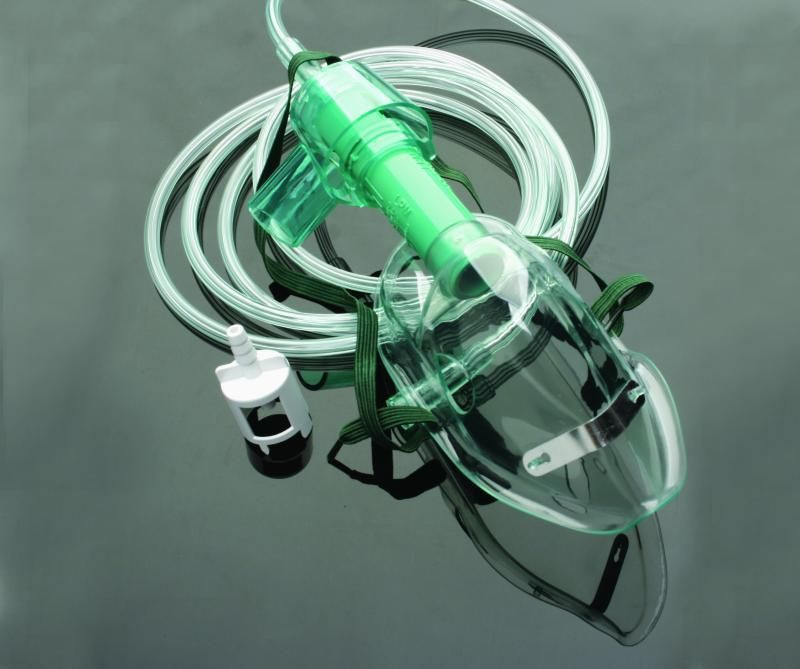
Homework will be extensive in order to acquire an independent work ethic. Attention will be given to the context in which the installation is placed and viewed and its impact on the physical and cultural environment of society. Specific analysis of mixed media use for each student’s project will be reviewed and organized in terms of production and aesthetics during group session.
#Millumin multi mask full
Once a basic knowledge of mold-making and slip casting is established, students will propose a series of projects of which some will be selected during group critiques for full production. The second section will focus on the students’ project ideas through the review of work of artists producing installation art group and individual critiques and exhibition reviews. The first will cover different aspects of plaster mold production and the use of liquid clay (slip) in order to produce duplicates of an object. The course will be divided into two sections. This course is an intensive production-based course focusing on the creation of mixed-media installations using ceramic as the starting medium. From the good, the bad and the ugly, how has genetic engineering affected our lives? What effect is global warming having on food sources? Performance, painting, sculpture, public art, photography, illustration and cartooning, as well as community-based projects are welcome. We will explore the effect microorganisms have on food- from cheese to e-coli to yogurt. Part forensic and part horticulture in practice, we will gather plants to extract pigments for watercolor design food sculptures, including stencils for cakes and use spices in novel ways.

We will examine urban farming, molecular cuisine, digital gastronomy, as well as pesticides and contaminates. We will look at culinary styles around the world, and their social, economic and political ramifications. In addition, we will explore the cultural differences, taboos and evolution of eating practices. Projects will consists of growing plants hydroponically, DNA analysis of local food, and time-lapse photography and microscopic imaging of foodstuffs. You are what you eat-or are you? Do you know what is in your food? From farm to fork what happens in between? Is what the food producer tells you true? FOOD: Projects in Bio Art focuses on how food production, industrial farming and GMOs have become part of our daily life. An anatomy text such as Albinus on Anatomy by Hale and Coyle or Anatomy for the Artist by Jeno Barcsay is required.

We will learn the landmarks of the skeletal system, their relationship to the muscular system and how they work together to define the human form. Two triptychs, each consisting of a nude, muscular and skeletal drawing of a male and a female body, will be completed. Students will complete three life-size drawings of the human skeletal system, which will include views of the skull, torso and extremities, establishing the core of the human figure. It will concentrate on the skeletal system in the fall semester and the muscles in the spring semester. This course relates the study of the skeleton and the muscles to the live model. A portion of the course will focus on the comparative anatomy of animals.Īnatomy can offer a concrete structure for drawing and painting the human figure.

This course will begin with the skeleton, and students will learn about and internalize the structure, form and movement of the body in an effort toward making more informed drawings of the live model.



 0 kommentar(er)
0 kommentar(er)
